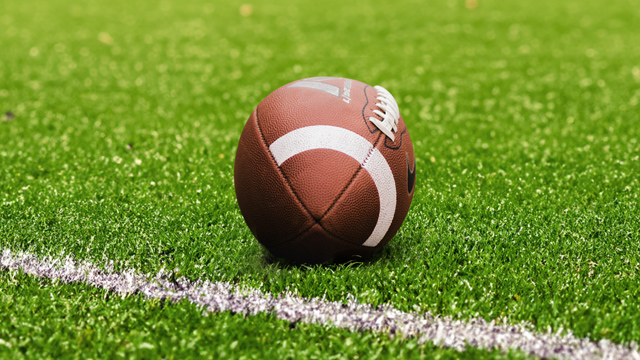Super Bowl brands capitalize on the pandemic mindset
By Katie Green, Associate Video/Audio Director
As Americans now approach the third year of living in the pandemic, attitudes and habits have evolved since its initial onset. People continue to be hesitant to leave their house to socialize and are tired of being cooped up at home.
In talking with friends and family and browsing social media, it seems like a lot of people have found new ways to function from home yet still are craving new hobbies and products to keep life entertaining. And from what has been shared about Super Bowl LVI advertising so far, it appears that many brands are taking advantage of this pandemic mentality.
New brands to the Super Bowl like Hologic Inc., Caesars Sportsbook, Carvana and Planet Fitness have realized that capturing audiences now is more valuable than when people resume life without a pandemic lens. And while the Super Bowl is undoubtedly an awareness play expected to reach more than 100 million viewers, gone are the days of the “no-message messages” like the Bud, Weis and Er Frog spot from the early 90s (look it up, Gen Z).
More brands are connecting their strategy to consumers’ pandemic habits and mentalities that have developed in the past two years. Some of the themes that will be captured in Super Bowl advertisements this year:
-
Newfound appreciation for self-care and wellness
During the pandemic, people have found the time for better wellness. According to a recent Ad Age-Harris Poll, “58% of U.S. adults say they would pay more for a product that is health-focused, compared to one that is not.” Whether that means awareness or improvement, brands are keyed into this consumer mindset and are going to spend big bucks to ride the trend while it lasts. So be prepared to see more health companies and fitness brands this year while you indulge in your not-so-healthy queso and chips.
-
Craving new, exciting things
The population craves new things as the pandemic continues to feel monotonous much of the time. Many Super Bowl ads will answer that loud desire as new products are featured in commercials. One example is Budweiser highlighting its various new alcoholic drinks including Bud Lite Next vs. its classic Bud Lite. Sports gambling has exploded during the pandemic and the category is taking advantage of the trend with increased advertising, which we will see in the Super Bowl as well.
-
Living life without leaving home
The Super Bowl will continue to drive growth to emerging advertising platforms like e-commerce and the metaverse to help people interact with the outside world while never leaving home. Avocados From Mexico will return to the big game this year with a new digital experience full of shoppable touchpoints. Sam’s Club will be running its first spot in the game spreading the message about their Sam’s Club App that gives shoppers a VIP experience while never entering a store. Similarly, Carvana has ponied up their first Super Bowl investment this year to entice customers to buy a car online and have it delivered. We’re likely to see more e-commerce extensions following the Super Bowl too as brands follow-up with “add to cart” access points.
And if audiences don’t feel comfortable venturing out socially just yet, Miller Lite is opening a virtual bar in the metaverse to connect with consumers. Meanwhile, Bud Lite has yet to reveal much detail on how they will incorporate the metaverse into their Super Bowl marketing specifically but it’s a good bet they will somehow since the brand has already leaned into the platform in various marketing campaigns.
While stuck in quarantine, people have become used to accomplishing tasks and socializing from home and many brands are going to continue to support that habit if it sticks around.
What can we take away from this year’s Super Bowl advertising?
While a lot of advertising in 2020 and 2021 was concentrated on being able to quickly pivot messaging given many COVID-19 unknowns, brands are now proactively embracing some of the resulting consumer behaviors. While we don’t know if habits acquired during the pandemic will stick around post-pandemic, advertisers and agencies should continue to push themselves to connect with evolving behaviors.
More Insights
- January 24, 2022 C-K’s history of Super Bowl ads.
- January 11, 2022 Pet love: How men and women show it differently.
- October 20, 2021 Are you ready to improve customer relationships with the help of the world’s largest focus group?
